Beyond the logo: why corporate identity is like an orchestra (and the logo is just the first violin)

Picture this scene. It's Friday night. You're looking for somewhere new for dinner, and a friend recommends "Bistrot La Lanterna". You look it up on Google.
The website is elegant, minimalist, total white. Super-clean fonts, very artistic black and white photos. You think, "Wow, a super modern and conceptual place." You book.
You arrive at the restaurant. The sign isn't minimalist. It's a sign made of rough-hewn wood, hand-carved, with a font that looks like it's from a fantasy novel. Already, you're frowning. "Have I got the right address?"
You go in. The interior is neither minimalist nor fantasy. It's rustic-Provencal: lavender-coloured walls, red-and-white checked tablecloths, and strings of garlic and chillies hanging from the ceiling.
You sit down. The waiter, who is very polite, is wearing a black T-shirt with a fuchsia neon logo printed on it. He hands you the menu. It's a tome bound in brown faux leather, with gold lettering in English cursive.
You open their Instagram profile on your phone while you wait. Here, the photos are dark and moody, with desaturated colours and an avant-garde food blogger aesthetic.
Now, the million-pound question: who is this bistro?
Is it modern? Is it rustic? Is it fantasy? Is it trendy? Is it traditional?
The answer is simple: it doesn't even know itself. It's the "Bistro of Chaos". A business that, piece by piece, has accumulated communication elements, all of which are probably beautiful on their own, but together they create only one thing: confusion.
This bistro has a logo. In fact, it has at least three. But it has no identity.
The Holy Trinity of Communication (that everyone gets wrong)
The story of the Bistro of Chaos stems from the biggest and most expensive misunderstanding in modern marketing, especially for SMEs. It all stems from an all-too-common oversimplification: thinking that a corporate identity is just "making a logo and a business card".
To clear things up once and for all, we need to define the Trinity.
1. The Brand (The Promise)
This is the highest level. The brand isn't something you make; it's something you are (or want to be). It's not a file. It's a reputation. It's the feeling people get when they think of you. What is Apple renowned for? Innovation, design, exclusivity. What is Rolex renowned for? Status, precision, timeless luxury. That's the brand. It's the promise you make to your customer.
2. The Logo (The Symbol)
The logo is simply the face of your brand. It's the visual shortcut, the graphic symbol that allows people to recognise you in half a second. It's fundamental, of course. But a face alone doesn't make a person.
3. The Brand Identity (The System)
Here we are. The corporate identity (or Brand Identity) is the set of all the visual and verbal elements you use to communicate your promise (the Brand) coherently. It's the orchestra. The logo is just the first violin.
A brand identity isn't an object; it's a system. It's the collection of rules, assets, and principles that ensure every single piece of your communication—from the website to the latest Instagram post, from the email signature to the packaging—plays the exact same tune.

The real goal isn't to be "pretty", it's to be "co-ordinated"
Let's be blunt: communication must be co-ordinated.
Why? Because consistency is the mother of trust.
Our brain is a pattern-seeking machine. It hates confusion. When it encounters a fragmented identity like the "Bistro of Chaos", it goes on alert. The cognitive dissonance ("the site is minimalist, but the restaurant is rustic") breeds suspicion. We don't trust what we don't understand or what seems inconsistent.
A strong brand identity does the exact opposite.
-
It breeds familiarity: If I see your font, your colour palette, and your photographic style on a post, on a billboard, and on your site, I start to find you "familiar".
-
It builds recognisability: Think of Coca-Cola's "red", IKEA's "yellow", or Muji's minimalism. You could recognise one of their products or an advert even without the logo. That's the goal.
-
It communicates professionalism: A coherent system communicates that there is thought, strategy, and control behind it. It communicates that you aren't "jumping from pillar to post" but that you have a course and you're sticking to it.
Co-ordination isn't an aesthetic whim. It's a strategic pillar of the business.
The anatomy of a system (what's in the box)
OK, "system" sounds complicated. But what is it technically made of? When a professional designs a brand identity, they don't just hand you a logo. They hand you an arsenal.
1. The Logo System
Not a logo. A logo system.
-
Primary Logo (Master): The full version, with pictogram and logotype.
-
Variations: Horizontal, vertical, stacked versions.
-
Mark/Monogram: The iconic element on its own (for favicons, apps, social media profiles).
-
Negative/Monochrome Versions: How is it used on dark backgrounds? Or in black and white?
-
Rules of use: Clear space (the air around the logo), minimum sizes, and (very importantly) the misuses to avoid (don't stretch it, don't change its colours, don't place it on busy backgrounds).
2. The Colour Palette (Psychology and Hierarchy)
Colours are the fastest emotional vector. A professional palette isn't "a bit of blue and a bit of grey". It is defined with surgical precision.
-
Primary Colours: The 2-3 colours that define 80% of your identity.
-
Secondary Colours: The neutral colours (whites, blacks, greys) that provide balance and readability.
-
Accent Colours: 1-2 bright colours, used sparingly (literally!) only for Calls to Action (CTAs) and to guide the eye.
-
Codes: For each one, you need the codes for every medium: Pantone (for special printing), CMYK (for traditional printing), RGB and HEX (for web and digital). This ensures that your "petrol blue" is always the exact same petrol blue.
3. The Typographic System (The Voice)
If colours are the emotion, fonts are the voice. A Serif font (with "feet", like Times New Roman) communicates tradition, authority, elegance. A Sans-Serif font (without "feet", like Helvetica) communicates modernity, cleanliness, accessibility. A typographic system defines:
-
Primary Font (Headline): The one with the most personality, for titles.
-
Secondary Font (Body): The most readable one, for long texts.
-
Hierarchy: Precise rules on size, weight (bold, regular, light), and line spacing for H1, H2, H3, paragraphs, captions. This creates visual order and guides the reader.
-
Licences: A fundamental technical detail. Fonts for web and print require user licences. A professional will provide them or tell you which ones to buy.
4. The Visual Language (Icons, Photos, Layout)
This is the glue. How is your content "dressed"?
-
Photographic Style: Do we use warm and human photos or cold and technical ones? With natural light or studio light? Saturated or desaturated colours?
-
Iconography: Will the icons be stylised (line art), filled (solid), complex, simple? They must look like they were made by the same hand.
-
Patterns/Textures: Background graphic elements (lines, geometric shapes, patterns) that enrich the communication without overwhelming it.
-
Grids and Layout: The invisible scaffolding. How are the elements arranged? How much white space (essential!) is left? Consistency in layout is what makes a website and a brochure immediately recognisable as "related".
5. The Tone of Voice (The forgotten one)
Brand identity isn't just visual. It also includes how you speak. If your graphics are clean, modern, and minimal, but your copy is baroque, full of jargon, and packed with emojis, you have a short circuit. The Tone of Voice (ironic? authoritative? empathetic? technical?) must be aligned with everything else.

The power of "Non-Creativity" (i.e.: Discipline)
Let's touch a raw nerve: graphic design requires a healthy dose of "non-creativity". And, believe us, being "non-creative" is often much harder than being "creative".
This is where the professional is distinguished from the artist.
The artist seeks self-expression. The strategic designer seeks the right solution for the client.
-
Phase 1 (Strategy) is pure creativity: defining the positioning, exploring concepts, creating the system (colours, fonts, etc.). It's exciting.
-
Phase 2 (Application) is pure discipline: once the system is defined, the job of the designer and the marketing team is to respect it.
This is where the Creative Director comes in. They aren't the "neurotic film director" of popular imagination. They are a "communication designer and supervisor". They are the guardian of the system. They are the one who says "No" to the temptation of the moment.
"For this Christmas, let's use a glittery font?" No. "I saw this fluorescent colour on a competitor's site, let's use it for the newsletter!" No. "Let's shrink the logo and put it in that corner?" No.
This "non-creativity" isn't boredom. It's strength. It's the determination to build value over time, brick by brick, instead of giving in to the impulse to change your mind every Tuesday. The real creative challenge becomes: "How can I create an interesting Christmas post using only our fonts, our colours, and our photographic style?"
Respecting boundaries is much harder than ignoring them. But it's the only way to build a memorable identity.
The "just make me a..." and the trap of the single piece
This brings us straight to the heart of the problem that many designers and companies face: the request for a "single piece".
"I just need a leaflet." "Can you just make me the catalogue?" "I just need a logo; I'll handle the rest."
When a client asks for this, you already know you can't do a great job. Why?
Because you're asking a musician to write the cello part for an orchestra without letting them hear what the violins, wind instruments, and percussion are playing. They might write a beautiful cello part, but 99% of the time, it will be out of tune with everything else.
A serious professional, when faced with such a request, doesn't reply, "OK, that's £300". They reply with a question: "Of course. To do it properly, I need to see your brand style guide. What is your defined colour palette? What are the brand fonts? What are the layout guidelines?"
If the client's eyes widen and they say, "Style... what?", then the job isn't to "make the leaflet". The job is (or should be) to "stop for a moment and define the rules".
This isn't an attempt to upsell. It's the only way to produce a service that isn't sub-par. It's the intellectual honesty to say, "I can't build the roof if we don't have a blueprint for the foundations".
It's never too late (How to save the "Bistro of Chaos")
The good news is that "it's never too late". No matter how chaotic your communication is today. You can fix it.
Here is a 4-step action plan.
Step 1: The Audit (The hard truth)
Take a day. Print out or gather on a digital board everything that represents your company. The website, business cards, brochures, the last 10 social media posts, the email signature, the shop sign, the uniforms. Put it all on a wall. Take a step back. Be honest. Is it a fine-tuned orchestra, or is it the "Bistro of Chaos"?
Step 2: The Strategy (The "Why?")
Before choosing colours, choose your positioning. What do you want to be known for? Let's go back to our bistro. It has to decide. Is it "Authentic Rustic Tradition"? Or "Modern Conceptual Cuisine"? It can't be both. This strategic decision (the brand) will define all the graphic choices (the brand identity).
-
If it chooses "Rustic Tradition", then goodbye minimalist website and neon logo. It will need warm colours (terracotta, sage green), readable serif fonts, and warm, textural photos.
-
If it chooses "Modern", goodbye checked tablecloths and faux leather menus. It will need neutral colours, a clean sans-serif font, artistic photos, and lots of white space.
Step 3: The Design (Building the System)
It's time to call a professional. Not to "make a logo". But to "design our brand identity system" based on the strategy from Step 2. Everything is defined: logo system, colours, fonts, visual style.
Step 4: The Manual (The Holy Grail that MUST be used)
All this work ends up in one document: the Brand Style Guide (or Brand Guidelines). And here's the final, fundamental warning: it shouldn't be "jealously guarded in a locked drawer".
That manual is a work tool. It must be distributed. It must be given to the new intern, the social media manager, the printing house, the web agency. It's the map that ensures everyone is rowing in the same direction.
Practical Takeaways: Your identity first-aid kit
-
Stop calling it a "logo". Start calling it an "identity system". Language changes perception.
-
Do the Chaos Audit. Put all your materials on a wall. If it doesn't look like it belongs to the same company, you have a co-ordination problem.
-
Discipline is the new creativity. The real challenge isn't inventing something new every day, but creating new and interesting things while staying within the boundaries of your system.
-
Refuse the "just make me a...". If you're a designer, educate the client. If you're a client, understand that asking for a "single piece" is self-sabotage.
-
The Brand Manual is your sat-nav. Create it. And then use it. Always.
Conclusion: From "first violin" to "conductor"
Having a logo is like having a talented first violin. But if the rest of the orchestra is playing from different sheet music—the wind section is playing jazz, the percussion is playing salsa, and the strings are playing metal—what you'll get isn't music. It's just noise.
A strong brand identity is the entire score. Creative Direction is the conductor who ensures everyone follows it.
Your goal isn't to have the most beautiful logo in the world. It's to have the most coherent, recognisable, and faithful communication system for your promise.
And now, look at your company. Are you making noise, or are you making music?
By accepting you will be accessing a service provided by a third-party external to https://insightadv.uk/

 IT
IT  EN
EN 
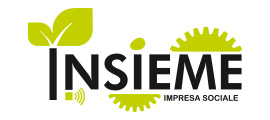
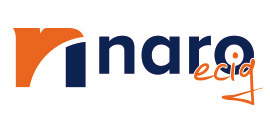

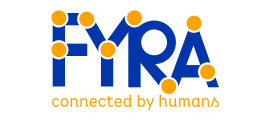
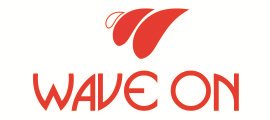
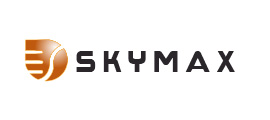
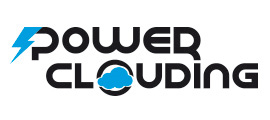
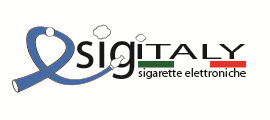
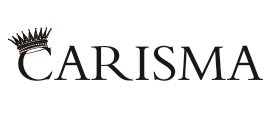

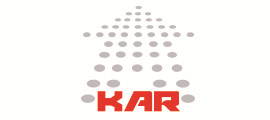

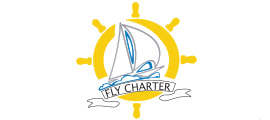
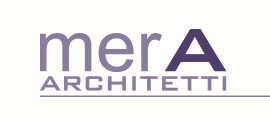

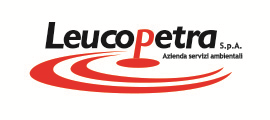
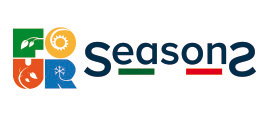
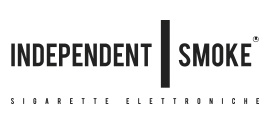
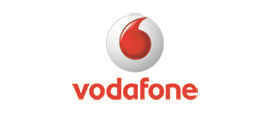
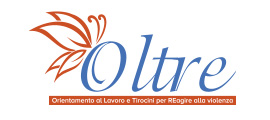
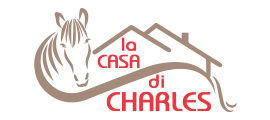
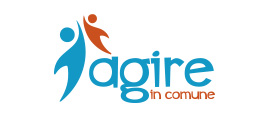
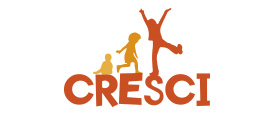
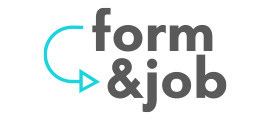
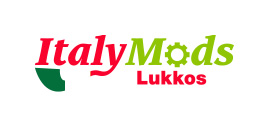


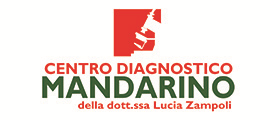
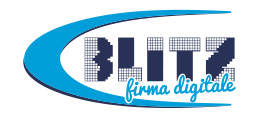
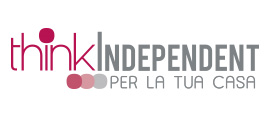
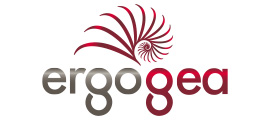
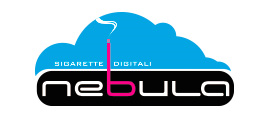
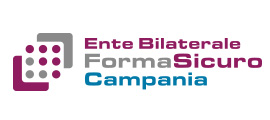
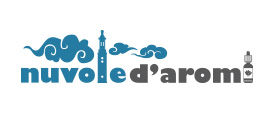
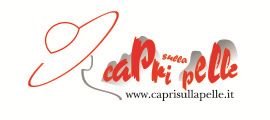
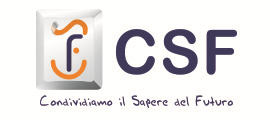
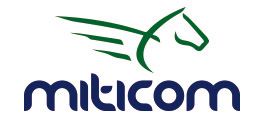
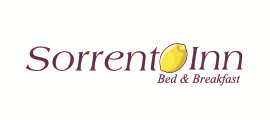
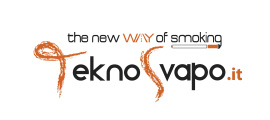
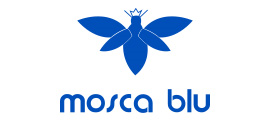

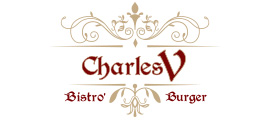






















Comments